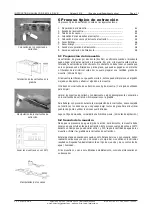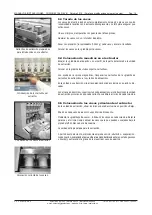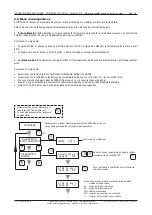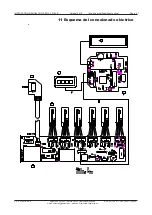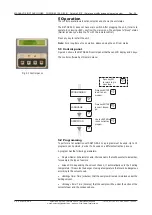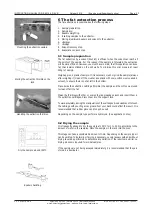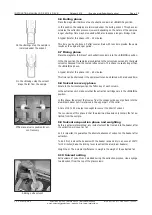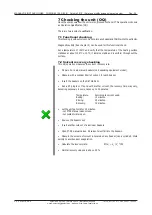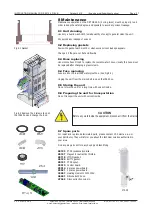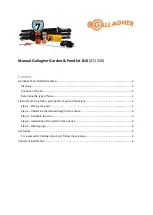
MANUAL DE INSTRUCCIONES CODIGO 80196 REV B Octubre 2019 (Sujetas a modificaciones sin previo aviso) Pag.: 26
J
.P. SELECTA s.a.u.
Autovía A2 Km 585.1 Abrera 08630 (Barcelona) España
Tel 34 937 700 877 Fax 34 937 702 362
e-mail: selecta @jpselecta.es - website: http://www.jpselecta.es
3 Working principle
The DET-GRAS N is a solvent fat extractor based on the classical «Soxhlet» method.
The units works by electrical heater. All the electrical and electronics are under IP55
protection.
The units includes the following main systems:
The heater
Built from an aluminium heat sink and 2 or 6 heating elements to get an homogenous
heater system.
The extraction columns
Designed to yield an efficient fat extraction and to condensate a big rate of the
solvent used.
Locking system
It moves the glass columns upwards / downwards and gives a reliable watertight lock
between the glassware and the aluminium beakers.
Solvent cycle (See Fig 3.1)
The path that solvent runs into the glass column, yields the sample fat extraction.
At the beginning the solvent is on the aluminium beaker. Placed at the column bottom.
Due to the heating, the solvent evaporates once the boiling point is reached.
The solvent steam rises, through the sample, to the top of the column.
At the column top there is a double condenser, so the solvent becomes liquid again
and returns back to the bottom, through the PTFE manual valve, and falls over the
sample, carrying solved its fat.
When the s fat falls into the aluminium beaker, the solvent is evaporated
again, but the fat remains in the beaker.
After a few cycles, it is expected that all fat from the sample is moved into the beaker.
If the PTFE manual valve is closed, the solvent is retained at the top of the column.
This step is called «Solvent recovery».
The sample can be placed in two positions:
• Top position. On this position the sample is placed at the solvent steam action
and also at the solvent drops that come from the top of the column. This position is
called «Rinsing».
• Down position: On this position the sample is immersed under the boiling solvent.
This position is called «Boiling».
Fig 3.1 The solvent cycle


